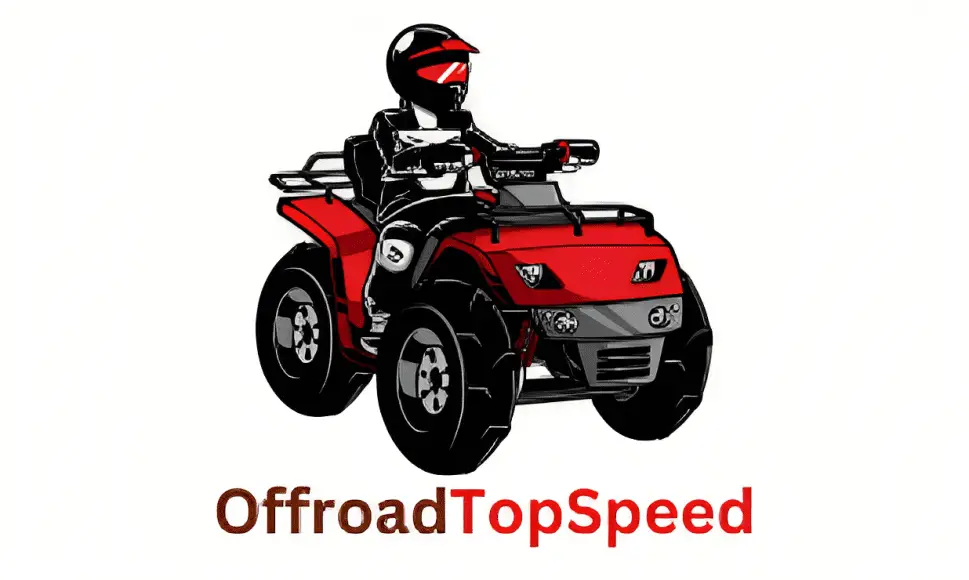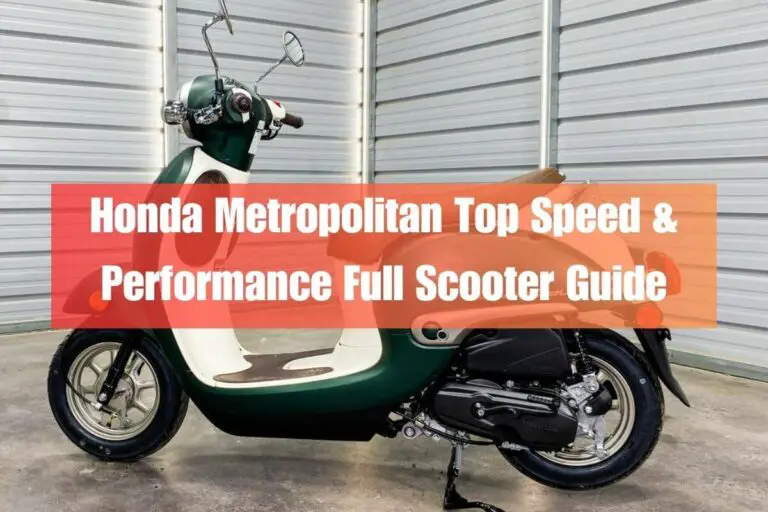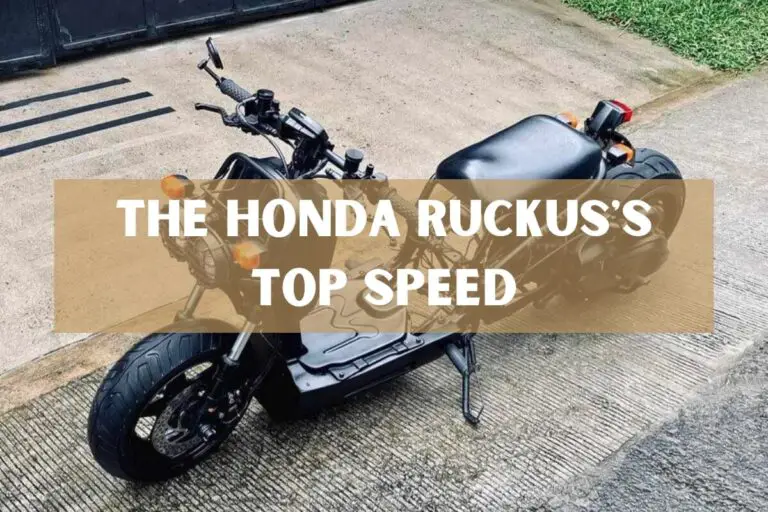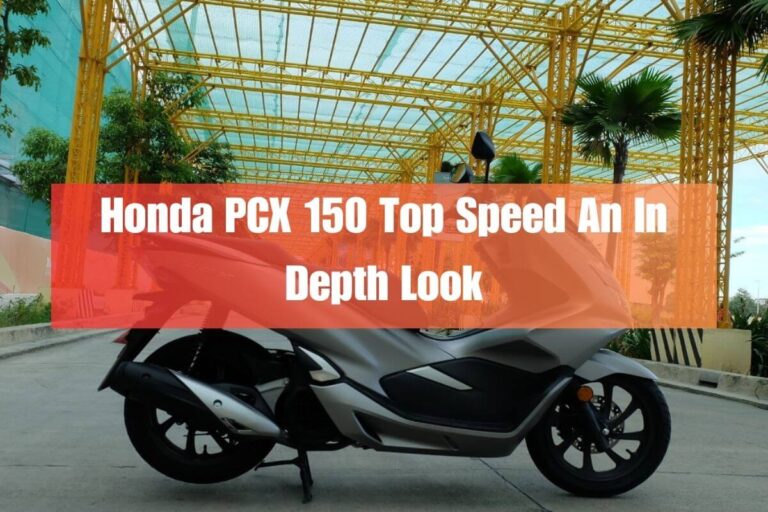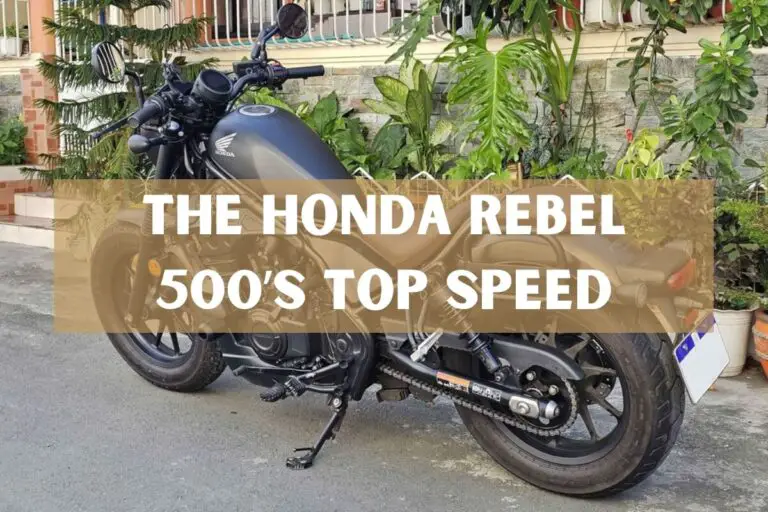Honda Pioneer 700 Top Speed: In-Depth Analysis

Are you an off-road enthusiast seeking a versatile and reliable side-by-side vehicle? Look no further than the Honda Pioneer 700. While its top speed of 45 mph might not be the highest in its class, this rugged utility vehicle strikes the perfect balance between performance, comfort, and dependability. Let’s explore what influences its speed, owner views, potential mods, and how it compares to rivals.
Key Highlights of the Honda Pioneer 700
Before we delve into the nitty-gritty of its top speed, let’s quickly explore what makes the Honda Pioneer 700 such a popular choice among outdoor adventurers and utility enthusiasts. This side-by-side boasts a robust 675cc liquid-cooled single-cylinder engine, delivering ample power for tackling tough terrain while maintaining impressive fuel efficiency.
Its independent double-wishbone suspension system, coupled with a generous ground clearance of 10.8 inches, ensures a smooth and comfortable ride, even over the most challenging landscapes. Complemented by a spacious tilt-bed with a 1,000-pound payload capacity and a 1,500-pound towing capacity, the Pioneer 700 is a true workhorse, ready to take on your toughest jobs.
What is the Top Speed of the Honda Pioneer 700?
Now, let’s address the burning question – what is the top speed of the Honda Pioneer 700? According to Honda’s specifications, the Pioneer 700 can reach a top speed of 45 miles per hour. While this might not be the fastest in its class, it’s important to note that the Pioneer 700 is designed primarily for off-road use, where speed is often secondary to stability, traction, and maneuverability.
Regarding acceleration, the Pioneer 700’s robust engine and efficient drivetrain ensure a responsive and satisfying power delivery, allowing you to conquer steep inclines and challenging terrain with ease.
Factors that Determine Top Speed
The top speed of any vehicle is influenced by a combination of factors, and the Honda Pioneer 700 is no exception. Here are the key elements that contribute to its speed capabilities:
- Engine Power and Displacement: The Pioneer 700’s 675cc single-cylinder engine delivers ample power for its intended use, but its displacement and output are not designed for outright speed.
- Drivetrain and Transmission: The Pioneer 700 features an automatic transmission with a hydraulic torque converter and three forward gears, optimized for off-road performance rather than outright speed.
- Weight and Aerodynamics: As a utilitarian side-by-side, the Pioneer 700’s boxy design and substantial curb weight (1,292 pounds) contribute to its lower top speed compared to more aerodynamic and lightweight recreational vehicles.
- Electronic Speed Limiter: To ensure safety and compliance with regulations, the Pioneer 700’s top speed is electronically limited by its Engine Control Unit (ECU).
Specifications
For a quick reference, here are some key specifications of the Honda Pioneer 700:
| Specification | Value |
|---|---|
| Engine Type | 675cc liquid-cooled single-cylinder four-stroke |
| Bore x Stroke | 102.0mm x 82.6mm |
| Induction | Fuel Injection (PGM-FI), 40mm throttle body |
| Transmission | Automatic with hydraulic torque converter, 3 forward gears + reverse |
| Front Suspension | Independent double-wishbone, 7.9-inch travel |
| Rear Suspension | Independent double-wishbone, 9.1-inch travel |
| Front Brakes | Dual 200mm hydraulic discs |
| Rear Brakes | Single 170mm hydraulic disc |
| Curb Weight | 1,292 pounds (with all fluids and full fuel tank) |
| Ground Clearance | 10.8 inches |
Owners’ Perspectives on the Pioneer 700’s Speed
While specifications can provide a technical understanding of the Pioneer 700’s speed capabilities, it’s equally important to consider the perspectives of real-world owners. Here are a few quotes that shed light on their experiences:
“The top speed of 45 mph might not seem impressive on paper, but it’s more than enough for most off-road adventures. The Pioneer 700 is a beast when it comes to tackling rough terrain, and its stability at higher speeds is truly commendable.” – Alex, Pioneer 700 owner
“I’ve taken my Pioneer 700 on long trails and fire roads, and while it’s not a speed demon, it gets up to speed quickly enough for those stretches. The real beauty is its smooth ride and ability to maintain composure over bumpy sections.” – Sarah, off-road enthusiast
On the flip side, some owners have expressed a desire for slightly more top-end speed:
“Don’t get me wrong, the Pioneer 700 is an amazing machine, but I wish it had a little more oomph for those occasional stretches of open terrain. That said, it’s still a blast to drive and incredibly capable overall.” – Mark, Pioneer 700 owner
Comparing Top Speeds: Pioneer 700 vs. Competitors
To better understand the Pioneer 700’s top speed performance, it’s helpful to compare it with some of its main competitors in the side-by-side market:
- Polaris Ranger 570: With a top speed of around 40 mph, the Ranger 570 is slightly slower than the Pioneer 700 but offers more hauling capacity.
- Yamaha Viking: The Viking can reach speeds of up to 50 mph, making it a tad quicker than the Pioneer 700, but with a higher price tag.
- Can-Am Defender: Depending on the model, the Can-Am Defender lineup offers top speeds ranging from 45 mph to 60 mph, with the higher-end models outpacing the Pioneer 700.
While the Pioneer 700 might not be the outright speed king, its balanced performance, versatility, and affordability make it a compelling choice for many buyers.
Modifications to Increase Top Speed
For those seeking a little extra oomph from their Honda Pioneer 700, various modifications can potentially increase its top speed. However, it’s crucial to weigh the pros and cons carefully and prioritize safety and legal compliance.
One popular modification is installing slightly taller tires, such as 27-inch tires, which can provide a modest increase in top speed – approximately 4 mph for every additional inch of tire height. Other options include aftermarket intake and exhaust systems, as well as ECU tuning to remove the speed limiter (though this may void warranties and raise legal concerns).
It’s important to note that while these modifications can enhance performance, they may also impact factors like fuel efficiency, ride quality, and long-term reliability. As with any modification, it’s advisable to consult with professionals and consider the potential trade-offs.
Pros and Cons of the Honda Pioneer 700’s Top Speed
To help you make an informed decision, let’s explore some key pros and cons of the Honda Pioneer 700’s top speed capabilities:
Pros:
- Balanced performance for off-road use
- Smooth and stable ride at higher speeds
- Fuel-efficient engine for extended adventures
- Reliable and durable construction
Cons:
- Not the fastest option in its class
- Limited top speed for occasional on-road use
- Modifications may void warranties or raise legal concerns
- Potential trade-offs with other performance aspects (e.g., fuel efficiency, ride quality)
Top Alternatives to the Honda Pioneer 700
If the Pioneer 700’s top speed doesn’t quite meet your needs, or if you’re simply exploring other options, here are some top alternatives to consider:
- Honda Pioneer 1000: With a more powerful 999cc twin-cylinder engine, the Pioneer 1000 offers a higher top speed (around 67 mph) and increased hauling capacity, but at a higher price point.
- Polaris RZR XP 1000: For those seeking pure performance, the RZR XP 1000 is a recreational side-by-side that can reach speeds of up to 80 mph, but with a higher cost and less utility-focused design.
- Can-Am Maverick X3 Turbo: With its turbocharged engine and sporty styling, the Maverick X3 Turbo delivers blistering speeds up to 80 mph, but it’s primarily designed for high-performance off-road driving rather than utility tasks.
When considering these alternatives, it’s essential to evaluate your specific needs, budget, and intended use case to determine the best fit.
Pricing, Availability, and Target Audience
The Honda Pioneer 700 is available in three trim levels: the standard model, the Pioneer 700 Deluxe, and the Pioneer 700 Forest edition. The standard model has a starting MSRP of $11,899, making it an affordable option in the side-by-side market.
The Deluxe trim, priced at $13,499, adds several premium features, including Electric Power Steering (EPS), paddle shifters, aluminum wheels, bed lights, and a 12-volt accessory outlet. For those seeking even more off-road capability, the Forest edition, with a price tag of $15,499, comes equipped with a pre-installed Warn VRX45 winch, EPS, paddle shifters, aluminum wheels, and additional under-dash storage.
As for availability, the Honda Pioneer 700 can be found at authorized Honda dealerships and powersports retailers across the United States and Canada. It’s always advisable to check with your local dealer for the most up-to-date pricing and availability information.
The Honda Pioneer 700 is an excellent choice for a wide range of outdoor enthusiasts and utility professionals. Its versatile design and balanced performance make it an ideal companion for activities such as:
- Off-road adventures and trail riding
- Hunting and fishing expeditions
- Ranch work and agricultural tasks
- Light hauling and towing jobs
- General outdoor exploration and recreation
With its comfortable seating, smooth ride, and ample storage capacity, the Pioneer 700 caters to individuals and families seeking a reliable and capable side-by-side for their outdoor pursuits. Its budget-friendly pricing also makes it an attractive option for those who value practicality and value for money.
However, it’s important to note that the Pioneer 700’s top speed limitations might not make it the best choice for those primarily seeking high-speed thrills or frequent on-road driving. In such cases, the higher-performance alternatives mentioned earlier, or dedicated recreational side-by-sides, might be more suitable.
Common Problems and Fixes
While the Honda Pioneer 700 is renowned for its durability and reliability, no vehicle is immune to potential issues. Here are some common problems reported by owners and their recommended fixes:
- Steering Stiffness: Some owners have experienced stiff or heavy steering, particularly at low speeds or when the vehicle is heavily loaded. This issue can often be resolved by adjusting the tire pressure or checking the power steering fluid level (if equipped with EPS).
- Transmission Hesitation: Occasional hesitation or delayed shifting can occur, which may be remedied by performing a transmission fluid flush or seeking professional diagnostic assistance from a Honda dealer.
- Suspension Noise: Squeaks or rattles from the suspension components are not uncommon, especially after extended use or exposure to harsh conditions. Regular lubrication and inspection of the suspension components can help mitigate these noises.
- Electrical Issues: As with any modern vehicle, electrical gremlins can arise, causing problems with lights, accessories, or dashboard displays. In such cases, checking for loose connections, corroded terminals, or consulting a professional electrician may be necessary.
It’s worth noting that many of these issues can be prevented or minimized by adhering to the recommended maintenance schedules and operating the vehicle within its intended parameters.
FAQs About the Honda Pioneer 700’s Top Speed
To address some frequently asked questions about the Honda Pioneer 700’s top speed capabilities, here are a few helpful insights:
Can the Pioneer 700’s top speed be increased through modifications?
While modifications like taller tires, intake/exhaust upgrades, and ECU tuning can potentially increase the top speed, it’s crucial to consider the potential trade-offs and legal implications. Consult with professionals and prioritize safety and compliance.
Is the Pioneer 700’s top speed suitable for on-road driving?
The Pioneer 700 is primarily designed for off-road use, and its top speed of 45 mph might not be ideal for frequent or extended on-road driving. However, it can handle occasional on-road stretches or transportation between trails.
How does the Pioneer 700’s top speed compare to other side-by-sides in its class?
While not the fastest option, the Pioneer 700’s top speed is competitive within its class and offers a balanced combination of performance, comfort, and utility.
Can the Pioneer 700’s top speed be legally increased beyond the factory limit?
Increasing the top speed beyond the factory-set limit may violate local laws and regulations, as well as potentially void warranties. It’s essential to research and comply with applicable rules and regulations in your area.
What factors should be considered when evaluating the Pioneer 700’s top speed?
In addition to the numerical top speed, it’s important to consider factors like acceleration, stability, ride quality, and intended use case when evaluating the Pioneer 700’s performance capabilities.
Final Thoughts
The Honda Pioneer 700 is a remarkable side-by-side vehicle that excels in delivering a well-rounded off-road experience. While its top speed of 45 mph might not be the highest in its class, it strikes a perfect balance between performance, comfort, and utility.
For those seeking a reliable and capable companion for their outdoor adventures, hunting expeditions, ranch work, or light hauling tasks, the Pioneer 700 is an excellent choice. Its smooth ride, ample payload and towing capacities, and impressive fuel efficiency make it a true workhorse that can tackle even the toughest terrains with ease.
While modifications can potentially increase the top speed, it’s crucial to weigh the pros and cons carefully and prioritize safety and legal compliance. Alternatively, those seeking higher top speeds might consider the Honda Pioneer 1000 or other performance-oriented side-by-sides, depending on their specific needs and budget.
Ultimately, the Honda Pioneer 700’s top speed capabilities should be evaluated within the context of its intended use and design philosophy. For the vast majority of off-road enthusiasts and utility professionals, the Pioneer 700 delivers an exceptional combination of performance, versatility, and reliability, making it a standout choice in the side-by-side market.
